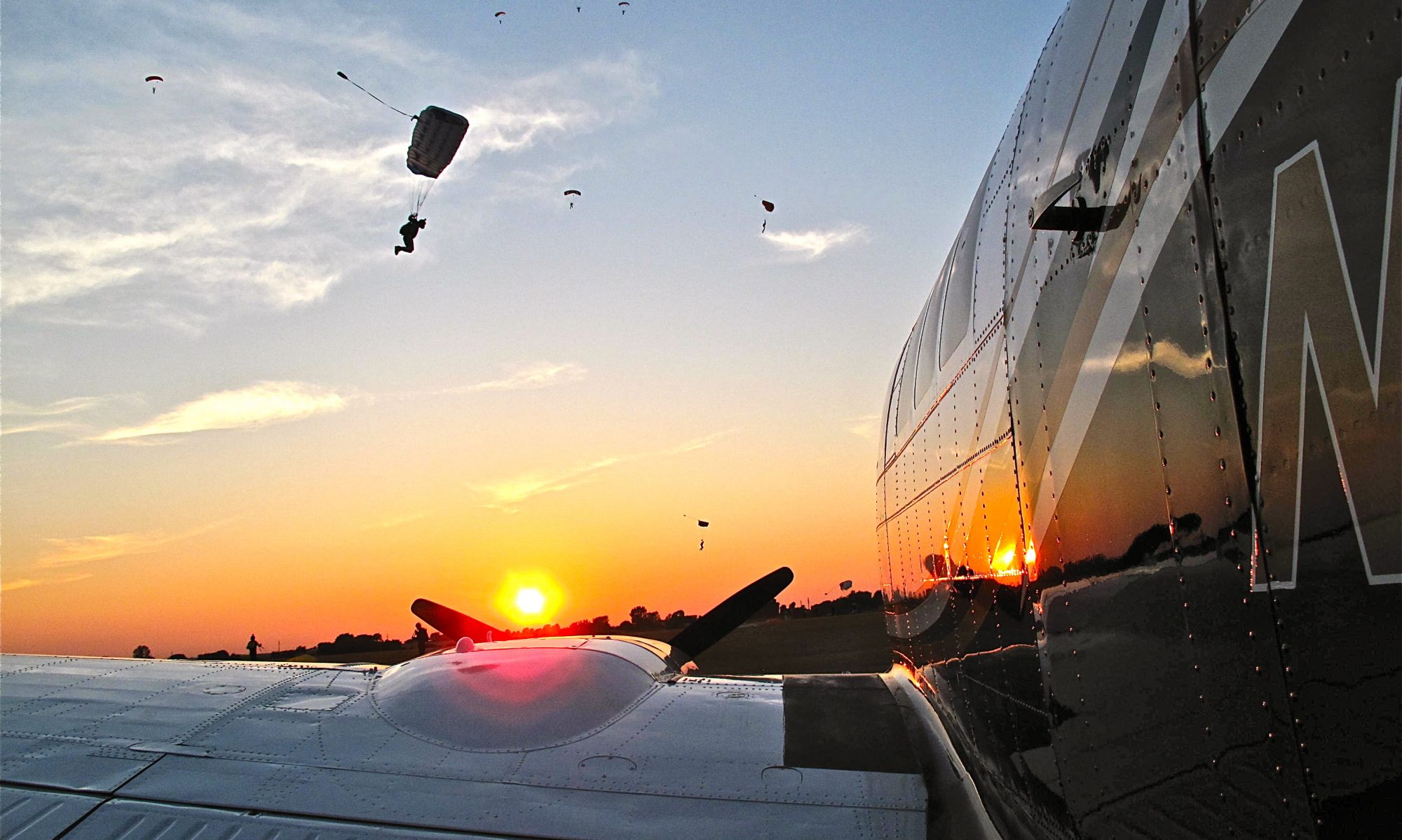Plane Porn

Ferry Flight Pic Of The Day
Airline Pilots, Nuff Said
Germany To Vegas Day 5 Part lll
The flight from Scotland to Iceland was a grueling three and a half hours long. Now in my opinion no ferry pilot should have to work longer than that in single day so Marcio and I were ready for a well deserved break. Twas not to be. Apparently the powers that be had decided that seeing that we’d gotten the Cirrus to Iceland so early in the day and pushing on to Greenland wasn’t an option we might as well go swimming in the North Atlantic, in Iceland, in the winter. So off we went to the Icelandic maritime survival/torture center for some training on the proper use of survival suits and rafts. Now anyone who’s been reading my blog for over a year knows that I took this training in Reykjavik last year but my jet driving Brazilian co-pilot hasn’t, in fact in all of his overseas flights he’s never even carried a raft with him in the plane. Probably something to do with the fact that jet aircraft are so reliable, and the fact that surviving a ditching at jet speeds is shall we say, questionable. The training is actually very helpful. We went over proper donning of the survival suits, solo and rescue swimming, inflating the raft and putting the canopy up, and hardest of all, getting into the raft. Some rafts have a nylon strap under the door to help you get into the raft so of course we trained without one. First the instructors have you swim around in the ocean for a while to get you good and tired, this doesn’t take very long because they’d taken us outside Reykjavik harbor where the three foot waves made swimming in the neoprene suits a challenge. Then it’s time to haul your wet carcass into the raft. Despite being 50 years old I’m still in pretty good shape so I didn’t have much trouble flopping head first into six man raft but Marcio had a little trouble. First of all, he’s naturally a big guy, but having been an airline pilot for years didn’t help much. His first few attempts were close but no cigar, but when the instructors allowed me to grab his harness from inside and help I managed to haul him aboard. His lack of ability to get into the raft by himself troubled Marcio so after he recovered a bit he jumped back into the water for another attempt at getting into the raft by himself. That time he was successful but the exercise left us with doubts as to whether he’d be able to repeat the task in heavy seas or if he was injured while ditching. The days training ended with a simulated helicopter rescue by the instructors hauling us out of the raft with the ships hoist and rescue collars. I was glad we got the training in but I was even more glad we drove straight from the harbor to the Blue Lagoon natural hot springs to recover. And yes they do serve adult beverages in the hot springs, thanks for asking.
The High Cost Of Aviation
It is with a heavy heart that I’m forced to report the loss of not one, but two of my friends to the sky. A few weeks ago David Gibbs and two passengers were killed when the helicopter he was flying crashed in California while filming a new reality show for the Discovery Channel. I don’t have any details except that the crash occurred very late at night so I assume that he was using night vision goggles. I first worked with David last year while filming air to air videos for the TV show Dangerous Flights. He was the pilot of the camera ship and his job was to direct me across the sky in order to get the best shots possible. It was always a joy working with David because he just had knack for directing me across the sky. It was almost like he was flying the plane and I was just moving the controls. I last worked with David in January while he was filming SG and I in the Bonanza. We had a great day together dancing around the clouds and capped the day off with a formation flight back to the airport for an overhead break. It was one of my favorite days of flying ever.
Then a few days ago I received even more devastating news. John Driftmier was killed in a plane crash in Kenya while filming an episode for Dangerous Flights. Always one to strive for perfection after not being happy with the final shot of Mount Kenya John sought out and hired a local pilot with a light sport airplane to fly him close to the wreckage of an earlier crash on a section of the mountain ominously named Dead Man’s Corner. No one is compleatly sure what happened but local pilots think the two person aircraft encountered a down draft while flying too low and was unable to climb out of the bowl. John was the Cameraman/director for all four of my ferry flights last year and we became a very close team. I’ve lost a lot of friends in flying and skydiving accidents but losing John is one of the toughest to deal with. Sometimes living and working in the sky can be just too expensive.
Blue skies and tailwinds my friends.
Pick Your Nose Art






